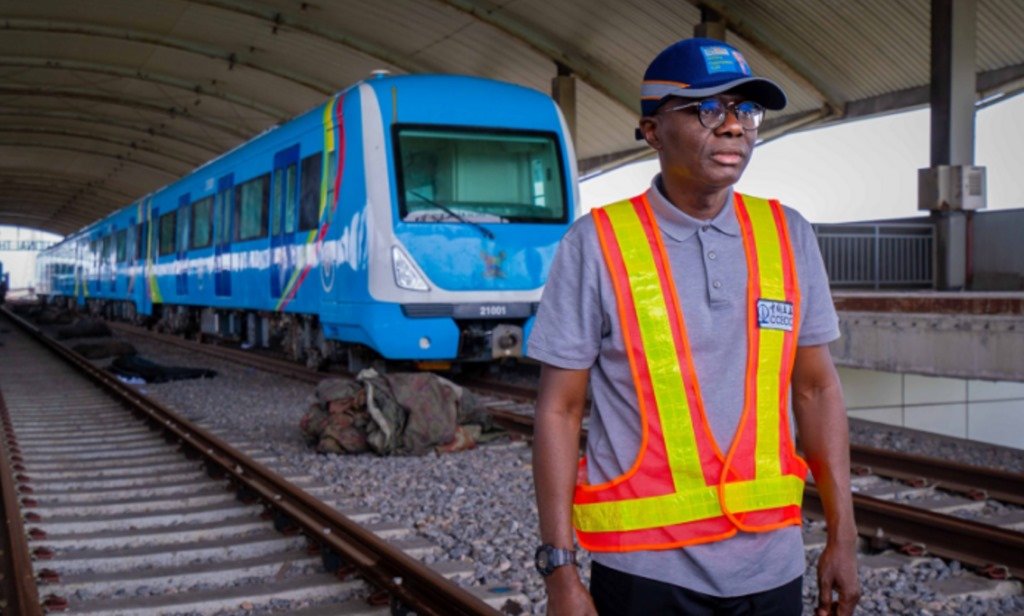The Red Line Rail Project in Lagos is a significant infrastructure development that aims to improve transportation within the city. By linking Lagos to the Lagos-Ibadan corridor, it provides a crucial connection within the larger rail network. Despite funding challenges, the project is expected to cater to a large number of commuters, reduce commute times, and boost economic productivity. With its diesel-powered efficiency and investment in safety measures, the Red Line Rail Project is set to make a positive impact on the transportation landscape of Lagos.
Linking the City
The Red Line Rail Project, inaugurated by President Bola Tinubu on February 29, 2024, is a crucial addition to Lagos’ rail network. Spanning 37 kilometers, it serves as a link between the city and the Lagos-Ibadan corridor. While it currently operates from Agbado in Ogun State to Oyingbo in Lagos, with stops in key areas like Ikeja, Oshodi, and Yaba, it shares its right-of-way with the existing Lagos-Kano Standard Gauge Railway.
A Hefty Investment
The Red Line Rail Project is a significant investment in Lagos’ transportation future. Originally estimated to cost $135 million under the Greater Lagos Urban Transportation Project, Governor Sanwo-Olu revealed that the combined cost of both the Red and Blue Lines could exceed ₦100 billion. However, funding remains a challenge, as evidenced by the delays in the completion of the Blue Line project, which was originally scheduled for completion in 2011.
Catering to Commuters
Operated by LAMATA (Lagos Metropolitan Area Transport Authority) under the Ministry of Transportation, the Red Line is expected to attend to approximately 500,000 passengers each day. With 37 daily trips planned, the project aims to reduce commute times, improve air quality by alleviating traffic congestion, and boost economic productivity within the city.
Diesel-Powered Efficiency
Unlike the electric-powered Blue Line, the Red Line utilizes a Diesel Multiple Unit (DMU) system. Each train car is equipped with its own diesel engine, providing flexibility and efficient operation tailored to the project’s specific needs. This choice allows for smoother implementation and operation of the Red Line Rail Project.
Investment in Safety
The Red Line project prioritizes safety and passenger experience. In addition to the train tracks themselves, the project includes the construction of 10 vehicular overpasses and pedestrian bridges. These structures ensure the safe separation of train traffic from car and pedestrian movement, enhancing overall safety and convenience for commuters.
Article updated 7 months ago. Content is written and modified by multiple authors.



